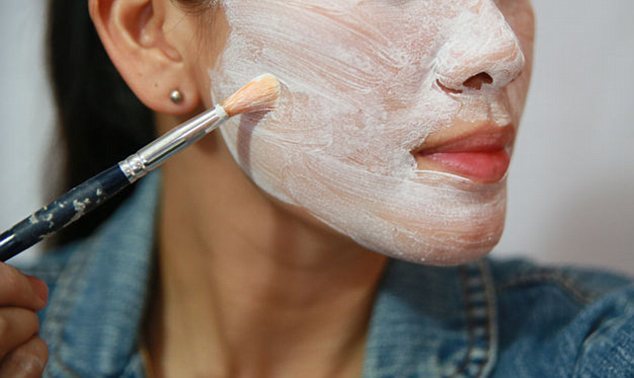Do you often experience pain on the outer part of your knee? Especially if you’re a very physically active individual who regularly engages in sports and exercise, then you could be suffering from what’s known as iliotibial band syndrome. This article will get you introduced to some of the most important matters about it, so read on.
Kindly share this article afterwards on your various social media sites to get your family and friends who are also into sports and fitness acquainted with very common problem, too!
Iliotibial band syndrome involves the irritation and inflammation of the iliotibial band. IT band for short, it’s a thick bunch of fibrous tissue that runs down the outer portion of the upper leg, and then crosses over your knee to continue running down your shin bone.
Each time you bend and straighten your knee, the IT band glides smoothly across it. Such is facilitated with what’s known as a bursa, which is a fluid-filled sac that reduces friction where bones meet.
Causes
Usually, the IT band has no trouble sliding across your knee whenever you bend and straighten it, again courtesy of a bursa that’s situated in each of your knees. Unfortunately, the bursa may not be able to facilitate the movement of the IT band across your knee if the said bundle of fibrous tissue is too tight.
When the IT band is simply too tight, then it fails to glide smoothly across your knee. In other words, friction is present, and this is the one that can leave your IT band irritated and eventually inflamed.
So what can leave the IT band too tight? One of the most common reasons for it is failure to perform stretching, warm up and cool down exercises. If you are a runner, skipping these activities can make you at risk of suffering from iliotibial band syndrome. But you don’t have to be a runner just to end up with this painful problem. Anyone who engages in any sport or exercise can be at risk of it, from a cyclist to a hiker.
Other usual causes of iliotibial band syndrome include overusing the knees, running downhill and on banked surfaces, as well as failure to wear athletic shoes that provide proper support and comfort.
Symptoms
If you have iliotibial band syndrome, you will experience recurrent pain on the outside of your knee, just above where the joint is. It’s not unlikely for the pain to be felt running up and down your leg, too.
Each time you walk or run or perform any other physical activity that entails bending and straightening the knee, it’s possible for you to feel a clicking, snapping or popping sensation on the outside part of your knee, which is an indicator that your IT band is no longer gliding smoothly across your knee.
Initially, pain associated with iliotibial band syndrome may go away after you warm up, allowing you to participate in your chosen sport or exercise. Eventually, however, the pain may worsen the more you use your knee.
The outside part of the affected knee may also feel warm to the touch and appear red and swollen, too.
Treatment
If you experience the symptoms mentioned above, it’s a good idea to seek the help of a doctor. Since there are many other problems that can cause the said symptoms, you may be requested to get an x-ray and undergo a bunch of physical exams to rule out any other problem that can be associated with your knee pain.
Usually, iliotibial band syndrome goes away on its own. Most people who suffer from it attain relief by resting the knee, applying ice and elevating it higher than the heart. Taking enough breaks between running or any other sport or exercise is also known to help a lot.
There are various exercises that are beneficial for anyone with iliotibial band syndrome. If you have it, worry not because you usually won’t end up undergoing the knife just to have it treated.








